
A Journey Through The History Of Architecture
Categories

We all experience architecture in our daily lives, but have you ever wondered what lies behind the buildings around us?
In this article, we will take you on a journey through the history of architecture. We'll explore what architecture is, how it has evolved over the centuries, the most prominent styles that have left their mark on the world and where you can learn about this exciting discipline.
What is architecture?
Architecture is everywhere, from majestic Gothic cathedrals to modern skyscrapers on city skylines. The discipline shapes the spaces where we live, work and socialise. But what is its definition?
Architecture is the art of designing, planning and constructing buildings with aesthetic and functional aspects in mind.
The etymology of architecture comes from the Latin architectūra and the Ancient Greek architéctōn, composed of archós (chief) and téctōn (builder).
History of architecture

The history of architecture is a fascinating journey that dates back to the dawn of civilisation. As early as the Neolithic period, humans developed architecture by building stable dwellings and ceremonial enclosures.
As societies grew, more complex architectural systems emerged. One of the earliest documented architectural elements is the ziggurats, stepped temples that served as religious and administrative centres in ancient Mesopotamia. The majestic pyramids of Ancient Egypt followed these.
Later, the Greeks and Romans laid the foundations of classical architecture and left a legacy that can still be admired throughout the Mediterranean world: perfectly proportioned columns, aqueducts, amphitheatres and triumphal arches, among others.
Main types of architecture
Each historical period has its type of architecture, reflecting the artistic trends of the time. This section will discuss the main types of architecture accompanying humankind over the centuries.
Gothic architecture
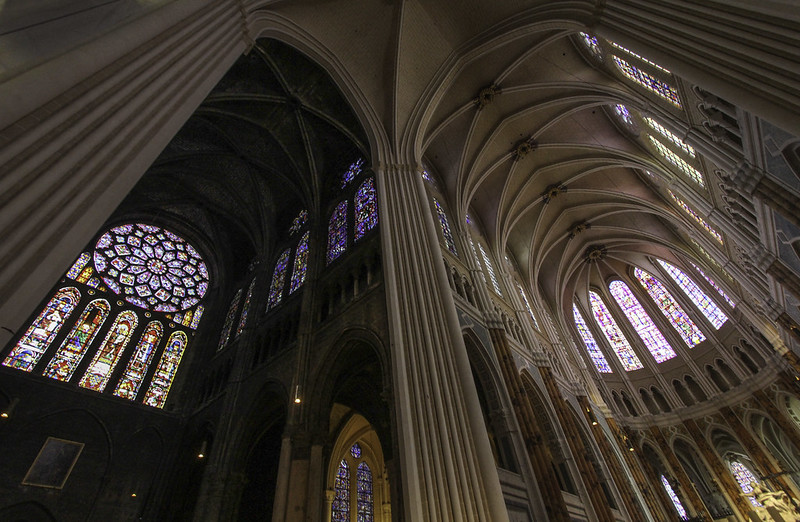
With the fall of the Roman Empire, Europe entered the Middle Ages, and religious architecture took centre stage. Gothic cathedrals, such as Chartres Cathedral in France, are outstanding examples of this period.
Renaissance architecture

The Renaissance brought a return to classical Greek and Roman aesthetics, with a strong Italianate influence and a focus on symmetry and proportion. It is embodied in works such as Filipo Brunelleschi's iconic Florence Cathedral.
Baroque architecture
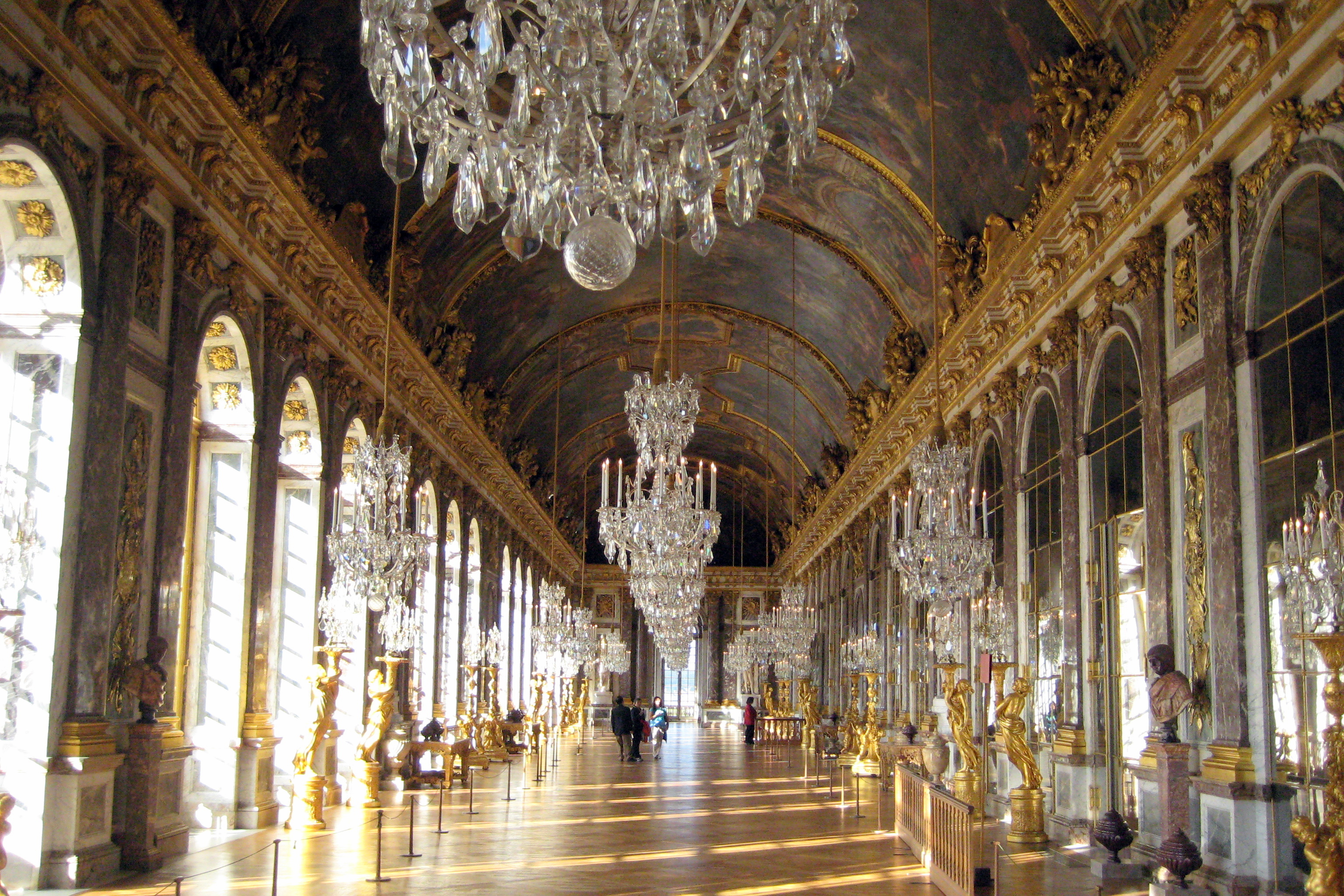
In the Baroque period, which flourished in Europe during the 17th and 18th centuries, architecture became more ornate and theatrical, as seen in the Palace of Versailles in France.
Neoclassical architecture

In the 18th and 19th centuries, neoclassical architecture emerged due to the excessive ornamentation of the Baroque and Rococo styles. This style sought to recover classical architecture's principles of simplicity, symmetry, and proportion. A notable example of this architectural style is the United States Capitol in Washington, D.C.
Industrial architecture
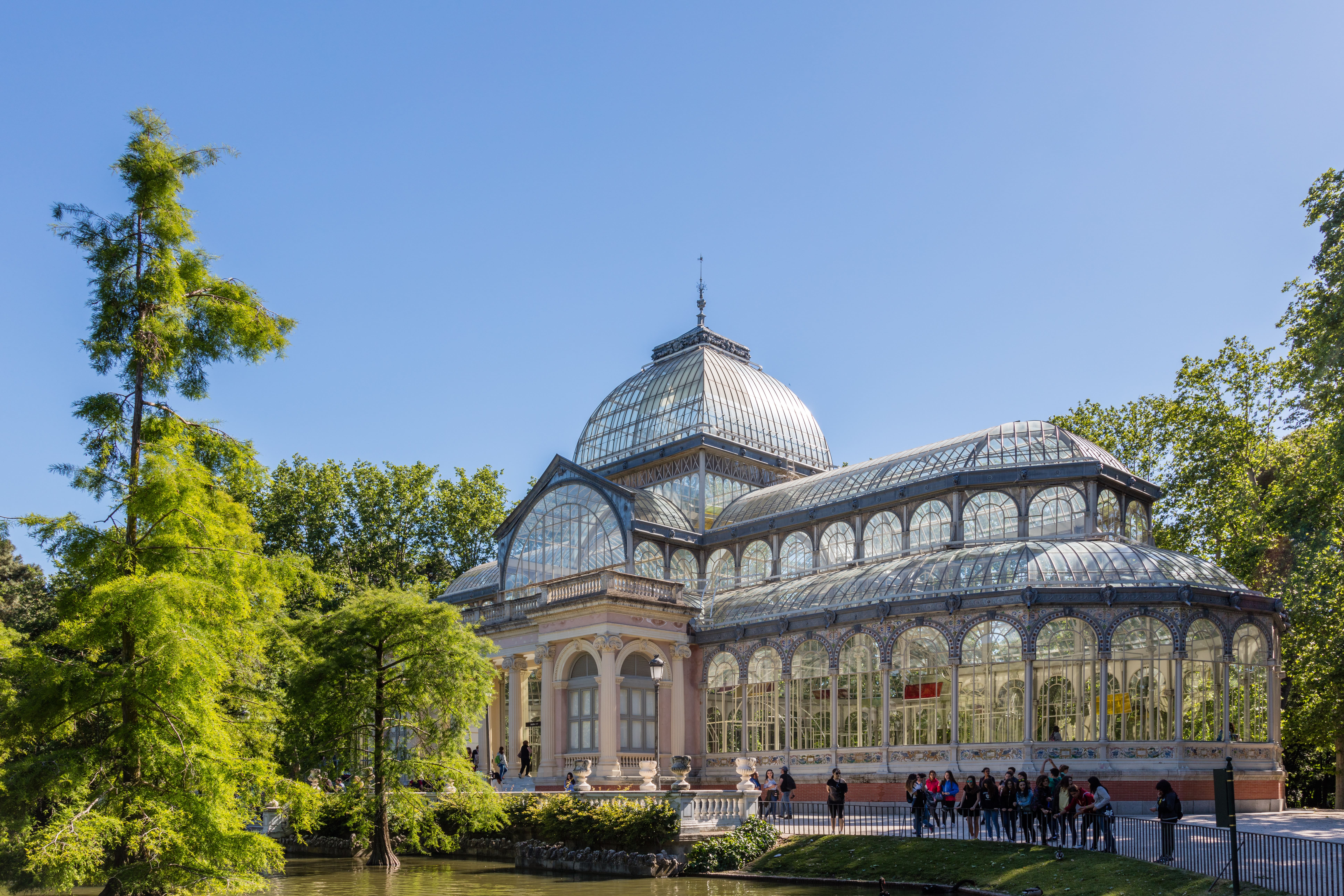
The Industrial Revolution radically changed how buildings were constructed with the advent of iron and steel architecture, which allowed for the construction of skyscrapers and suspension bridges. An example of this type of architecture is the Crystal Palace in Madrid.
Modern architecture
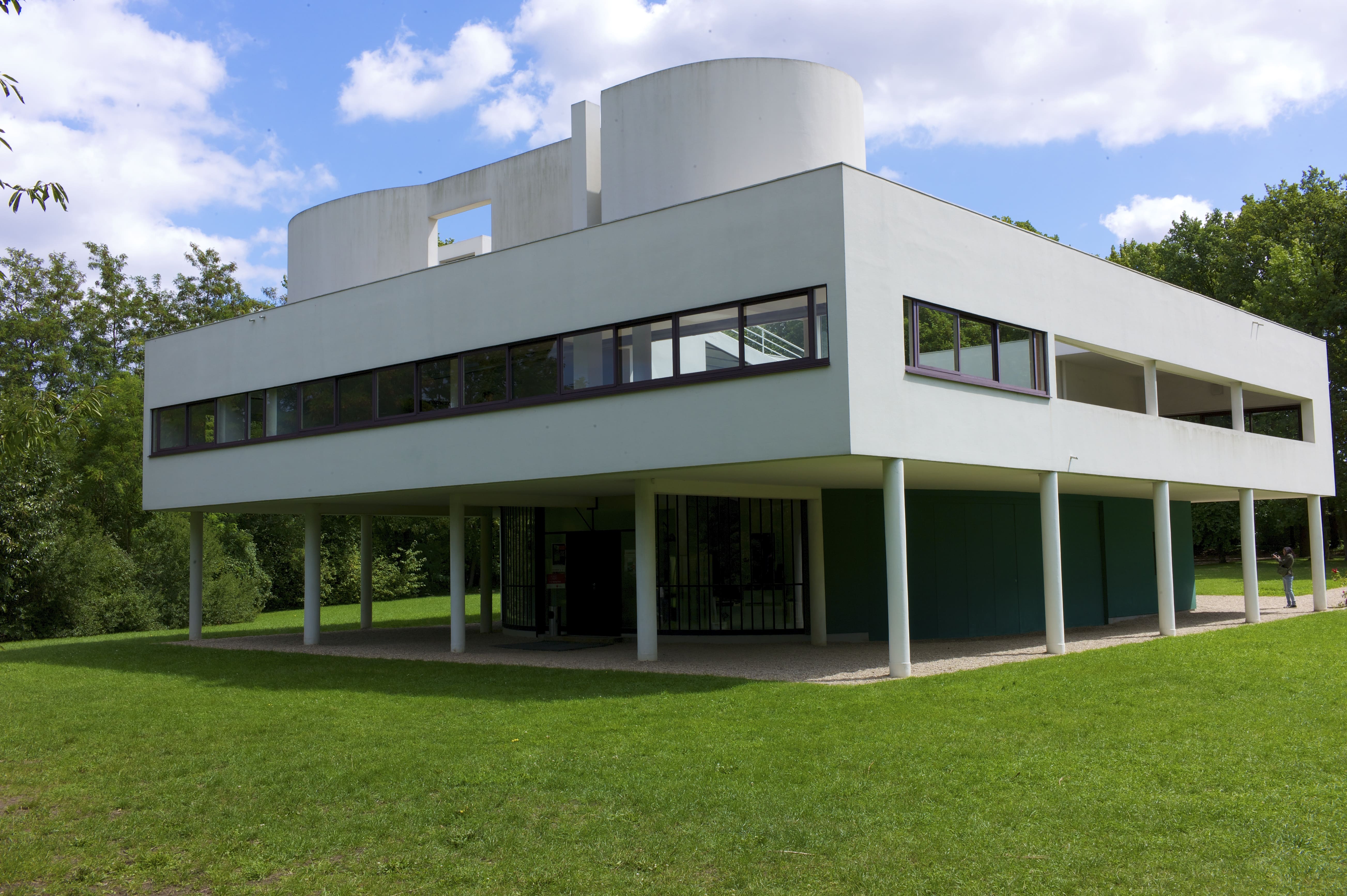
The 20th century brought revolutionary architectural movements such as Modernism and Functionalism, which prioritised functionality and simplicity in design. Architects used the new building techniques of concrete, steel, glass and wood, with Le Corbusier and Frank Lloyd Wright being some leading exponents.
Contemporary architecture
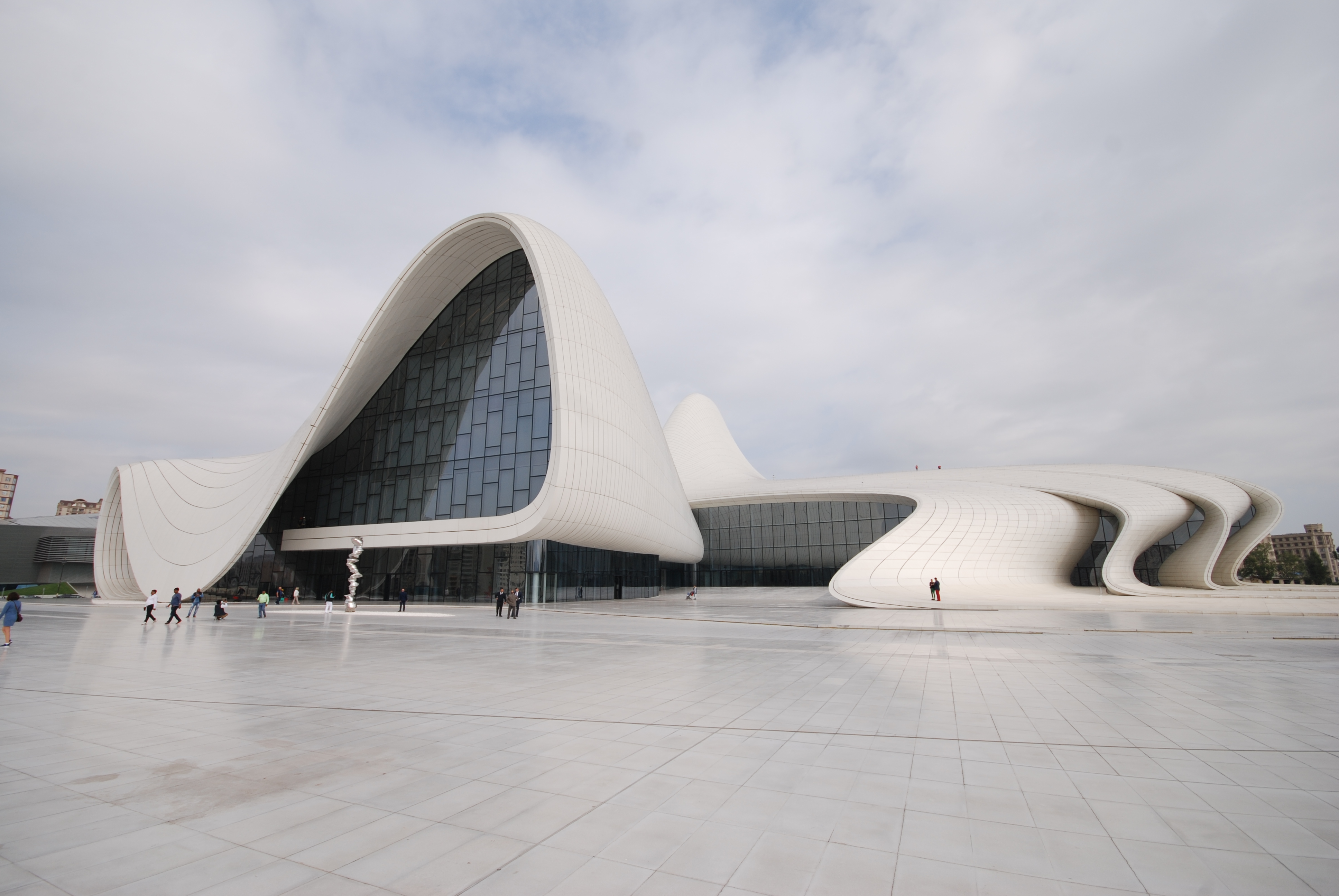
Contemporary architecture is a broad and diverse movement from the late 20th century to the present day. One of its distinguishing features is its focus on sustainability and its ability to incorporate new technologies and innovative building materials. Some influential contemporary architects include Zaha Hadid, known for her fluid and organic designs, and Frank Gehry, famous for his asymmetrical structures.
Where to study architecture?
If the history and diversity of architecture inspire you, you might consider studying for a university degree. Afterwards, you can specialise according to your interests with master's degrees and postgraduate courses like those offered by leading institutions like ZIGURAT Institute of Technology.
For example, suppose you are curious in the use of technology. You may be interested in the Master's in Global BIM Management. At the same time, if your primary concern is sustainability, you can focus on the Postgraduate Programme in Sustainable Architecture and Construction.

Related module


